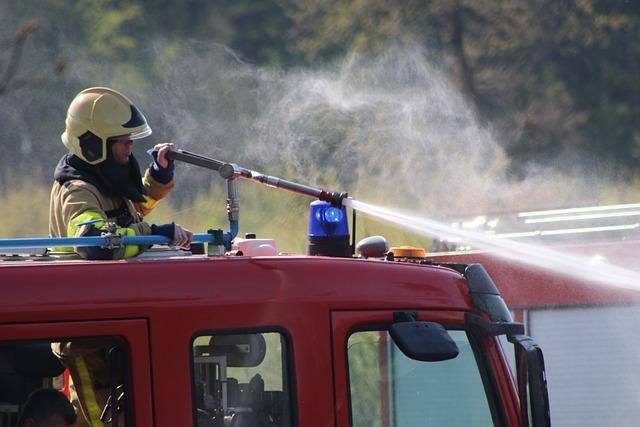-
Fil d’actualités
- EXPLORER
-
Blogs
-
Groupes
How to Choose and Maintain Your Fire Extinguisher

Fires can occur without warning, posing a serious threat to life, property, and the environment. In such critical moments, having a fire extinguisher at hand can make all the difference. This indispensable tool is a key component of any fire safety plan, designed to control or extinguish small fires before they escalate. Let’s dive into the essentials of fire extinguisher and why they’re a must-have in homes, offices, and public spaces.
A fire extinguisher is a portable device that discharges a substance to suppress or extinguish fires. It’s designed to combat specific types of fires, categorized by the materials involved, such as wood, paper, flammable liquids, or electrical equipment. Understanding these categories ensures you use the right extinguisher for the right type of fire.
Fire extinguishers are classified into the following categories based on the type of fire they can combat:
-
Class A: For fires involving ordinary combustibles like wood, paper, cloth, and plastic.
-
Class B: For flammable liquids such as gasoline, oil, and grease.
-
Class C: For fires involving electrical equipment.
-
Class D: For combustible metals like magnesium and titanium (common in industrial settings).
-
Class K: For kitchen fires involving cooking oils and fats.
Many extinguishers are multipurpose and cover multiple classes, such as ABC extinguishers, which are effective against Class A, B, and C fires.
Using a fire extinguisher effectively requires familiarity with the PASS method:
-
Pull the pin to break the tamper seal.
-
Aim the nozzle or hose at the base of the fire.
-
Squeeze the handle to release the extinguishing agent.
-
Sweep the nozzle from side to side at the base of the fire until it is completely out.
Always ensure you’re positioned with an exit behind you in case the fire becomes uncontrollable.
Fire extinguishers are only effective for small fires in their initial stages. Before attempting to fight a fire, ensure:
-
The fire is confined to a small area and isn’t spreading.
-
You have a clear escape route.
-
The extinguisher is appropriate for the type of fire.
-
You are confident in your ability to use the extinguisher safely.
If the fire grows beyond your control, evacuate immediately and call emergency services.
Regular maintenance ensures your fire extinguisher is ready for use:
-
Monthly Checks: Inspect the extinguisher’s pressure gauge, seals, and overall condition.
-
Annual Inspection: Have a certified professional conduct a thorough examination.
-
Recharge After Use: Even if used briefly, extinguishers must be recharged or replaced.
-
Replace Expired Units: Fire extinguishers typically have a lifespan of 5-15 years. Check the manufacturer’s label for specifics.
-
Immediate Response: They allow for quick action to control a fire before it spreads.
-
Life-Saving Tool: Fire extinguishers can prevent injuries and save lives in emergencies.
-
Property Protection: They minimize damage to property and assets.
-
Regulatory Compliance: Many jurisdictions mandate fire extinguishers in residential and commercial buildings.
-
Peace of Mind: Knowing you’re prepared for a fire enhances safety and security.
A fire extinguisher is more than a safety device; it’s a critical tool that can make the difference between a minor incident and a major disaster. By understanding the types, usage, and maintenance of fire extinguishers, you can ensure you’re equipped to handle fire emergencies effectively. Prioritize fire safety today—because when it comes to protecting what matters most, every second counts.





